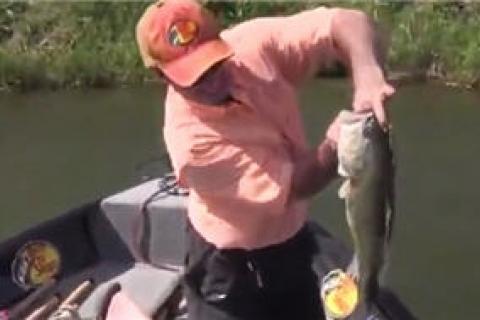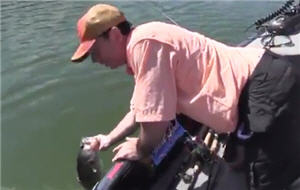
 If you enjoy fishing, you should practice catch and release.
If you enjoy fishing, you should practice catch and release.
While it may seem counterintuitive, releasing your catch back into the wild increases the odds you’ll be able to fish again a year from now. Since the 19th century, when the practice began in England, anglers have been using catch and release as a method of conservation.
But there’s more involved than just reeling in a fish and then throwing it back in the water. Here are some simple do’s and don’ts to get you started.
Do use barbless hooks.
As you select your fishing hooks, opt for barbless options, if possible. If not, flatten or file the barb, which will ensure as minimal damage as possible to the fish’s flesh.
Don’t use an abrasive net.
A tough, plastic net can injure the fish as it thrashes. Instead, opt for a rubberized net that is more gentle on the fish.
Do cut your line if the hook is in too deep.
As careful as you might be, sometimes your hook nestles deeply into the fish’s throat or gills, making it nearly impossible to remove the hook in a safe, timely manner. In these instances, simply cut your line. Eventually, the hook will work its way out of the fish.
Don’t dally.
It’s important to execute the process as quickly as possible, giving the fish the best chance to recover. If you want a memento of the catch, have a fishing buddy quickly snap a photo as you go through these steps. The faster you release the fish, the more effective the catch-and-release process will be.
Do help revive the fish be moving it back and forth in the water.
Rather than carelessly tossing the fish back in the lake, submerge it and hold it in an upright position. If the fish seems sluggish, face it upstream into the current or gently move it forward and backward in still waters. This will cause more oxygen to reach the gills, helping the fish revive quickly.
- 6496 views

